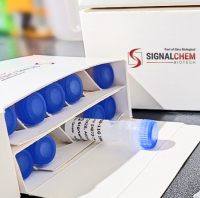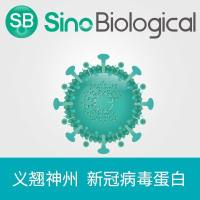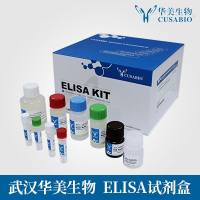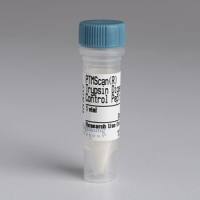Stability and Ubiquitination of the Tumor Suppressor Protein p53
互联网
535
The ubiquitin-dependent proteolysis pathway constitutes a major pathway in the cell for selective protein degradation. The covalent attachment of multiple ubiquitin molecules to lysine residues of a target protein serves to signal its recognition and rapid degradation by the 26S proteasome. The process of ubiquitination requires the concerted action of three classes of cellular enzymes, designated E1, E2, and E3 (reviewed in refs. 1 and 2 ). Ubiquitin is first activated in an ATP-dependent manner through its covalent thio-ester linkage to the E1 ubiquitin-activating enzyme. The activated ubiquitin is then transferred to the E2 enzyme, also known as a ubiquitin conjugating enzyme (UBC), again in the form of a high-energy thio-ester bond. In some cases the E2 enzyme can transfer the ubiquitin directly to a substrate, while the E3 enzyme (also known as a ubiquitin protein ligase) assists in the recognition of the substrate (3 ,4 ). In other cases, the E2 enzyme transfers the ubiquitin to the E3, and the E3 then transfers the ubiquitin to the substrate protein (5 ). In either case, the ubiquitin is transferred to the substrate through formation of an isopeptide bond between the carboxyl terminus of ubiquitin and the e-amino group of lysine residues on the target protein. Additional ubiquitin moieties may be linked sequentially to each other, leading to the formation of multiubiquitin chains. The precise nature of a multubiquitination reaction is unclear, though recent studies suggest the presence of yet a fourth enzymatic activity, designated E4, which may play a role in this process (6 ). The multiubiquitinated substrate is then recognized and degraded by the 26S proteasome.









